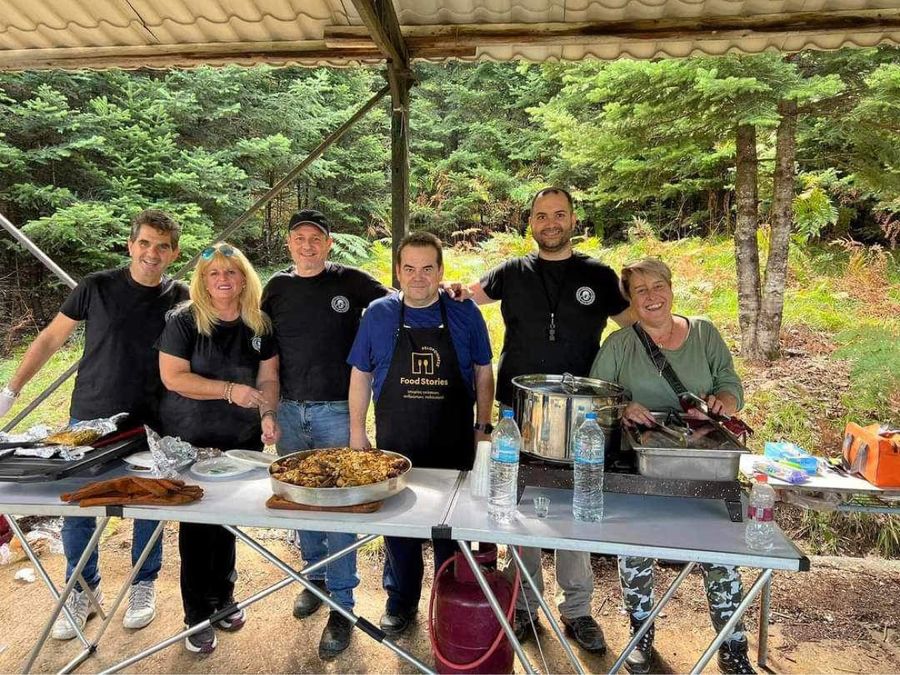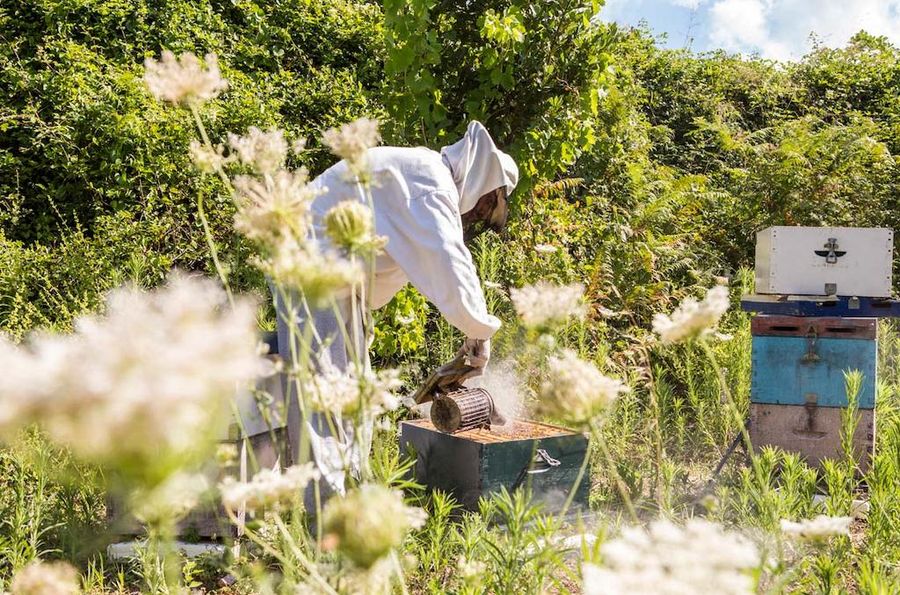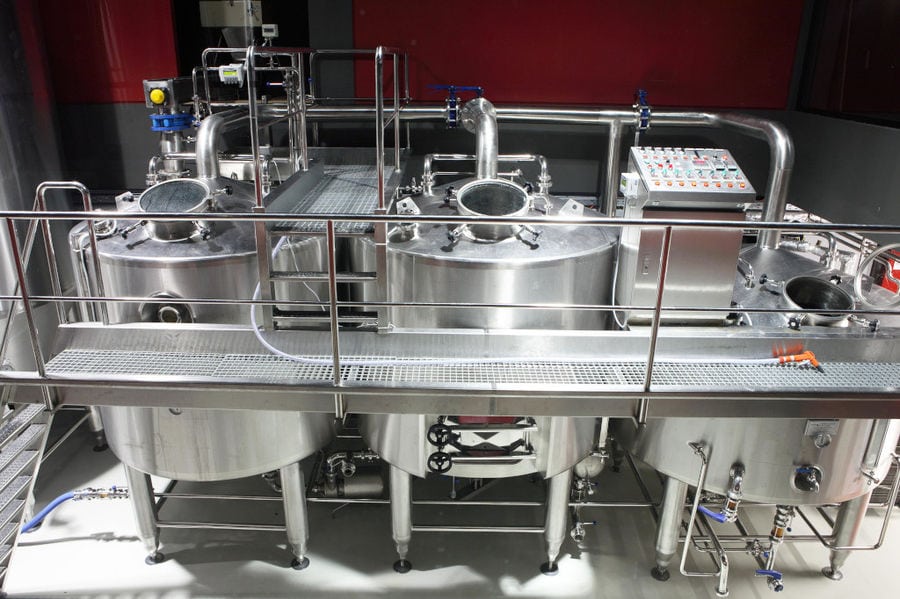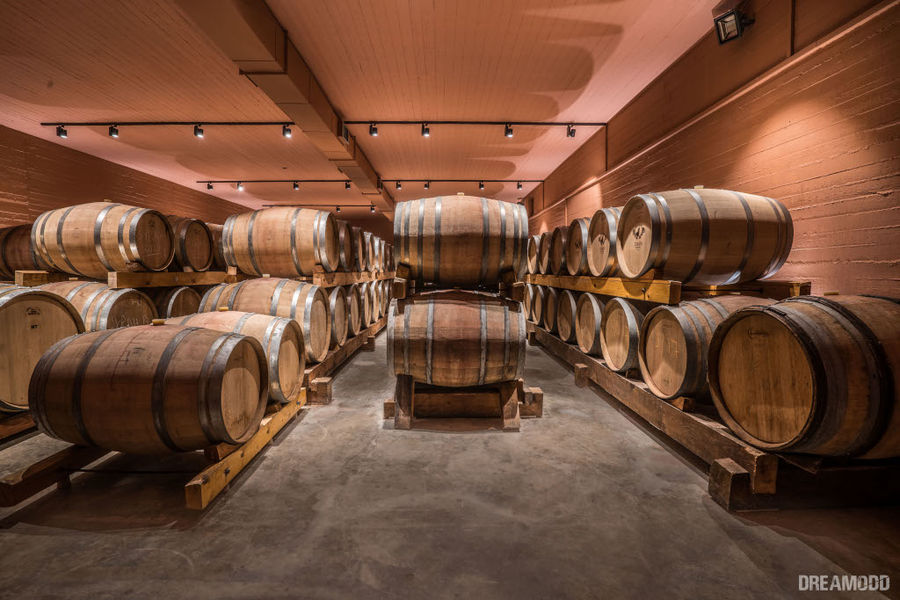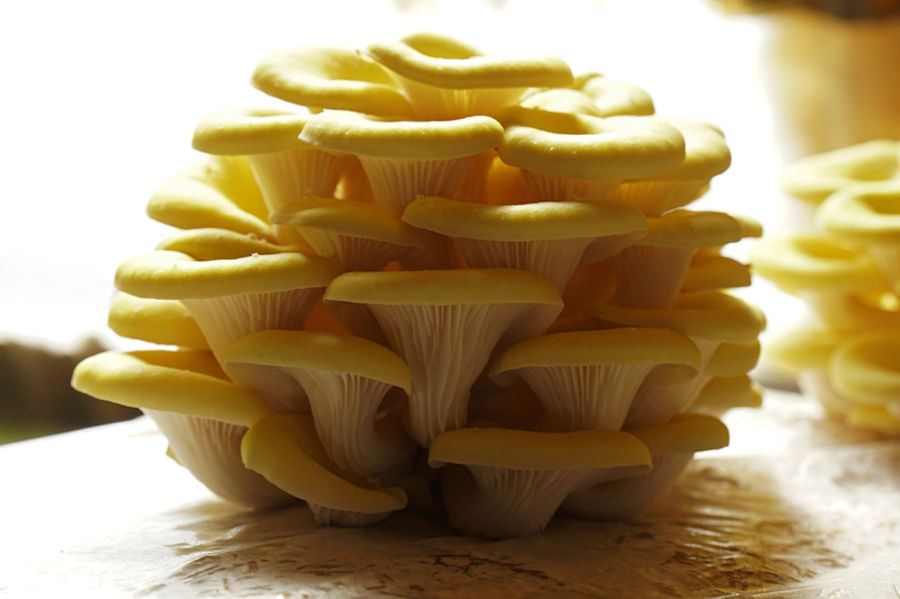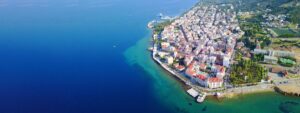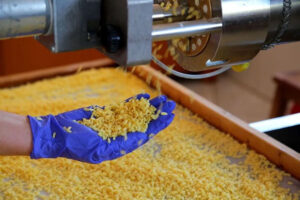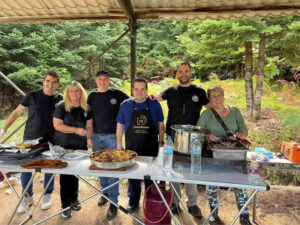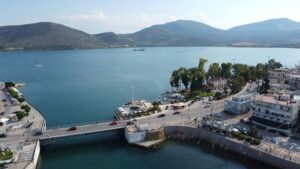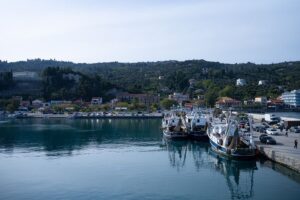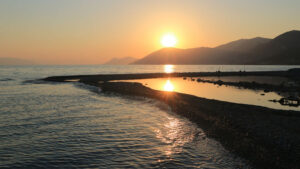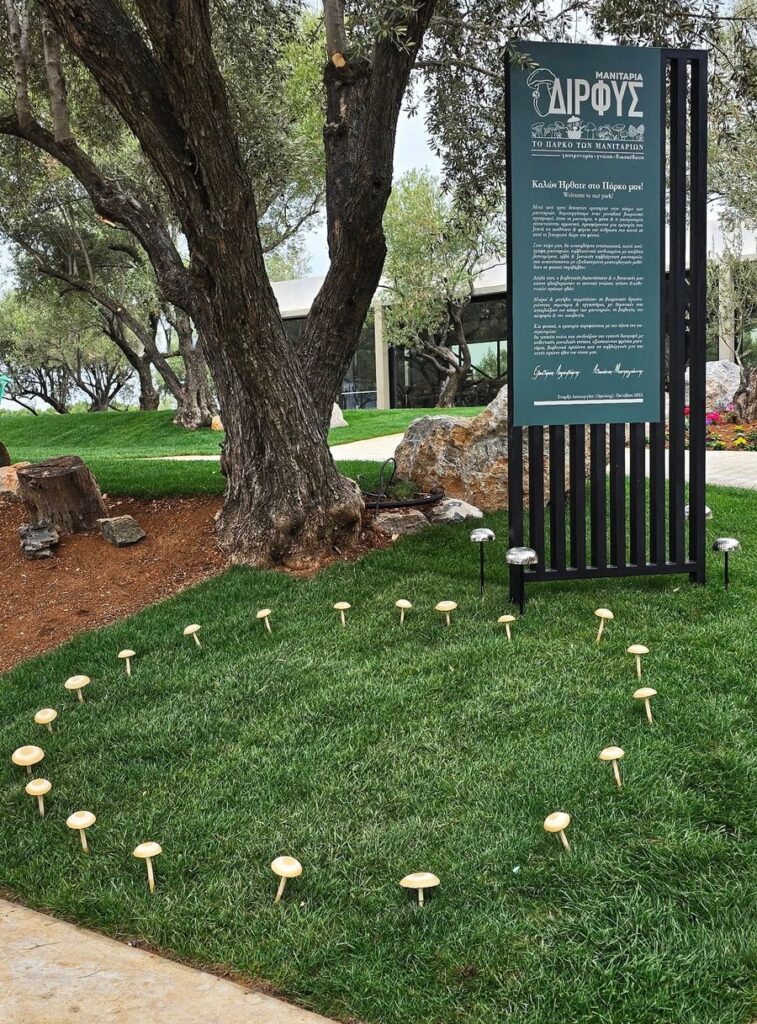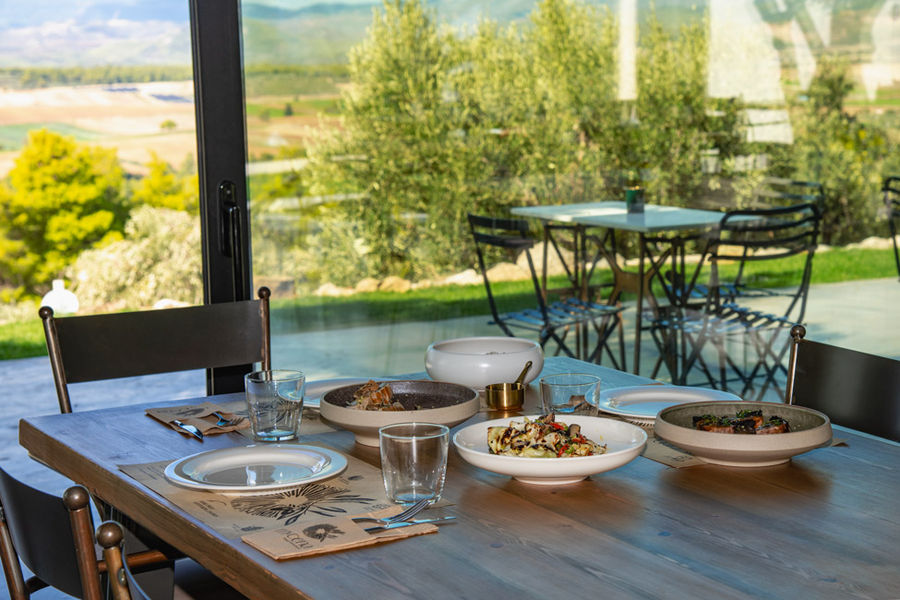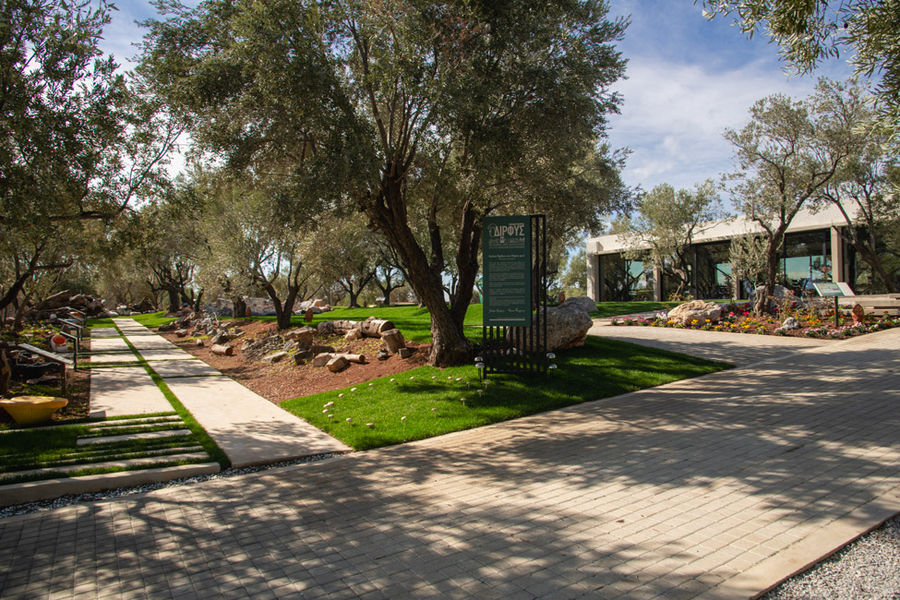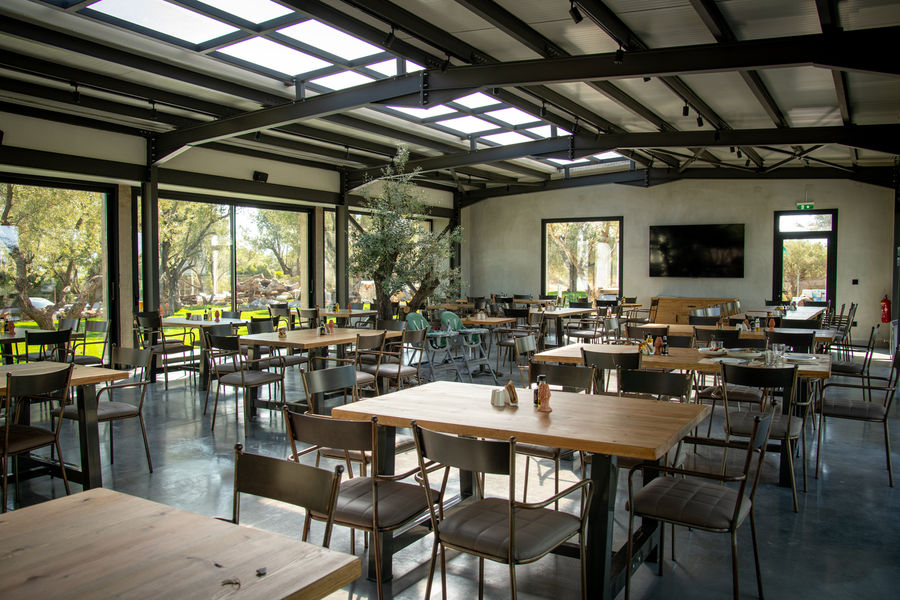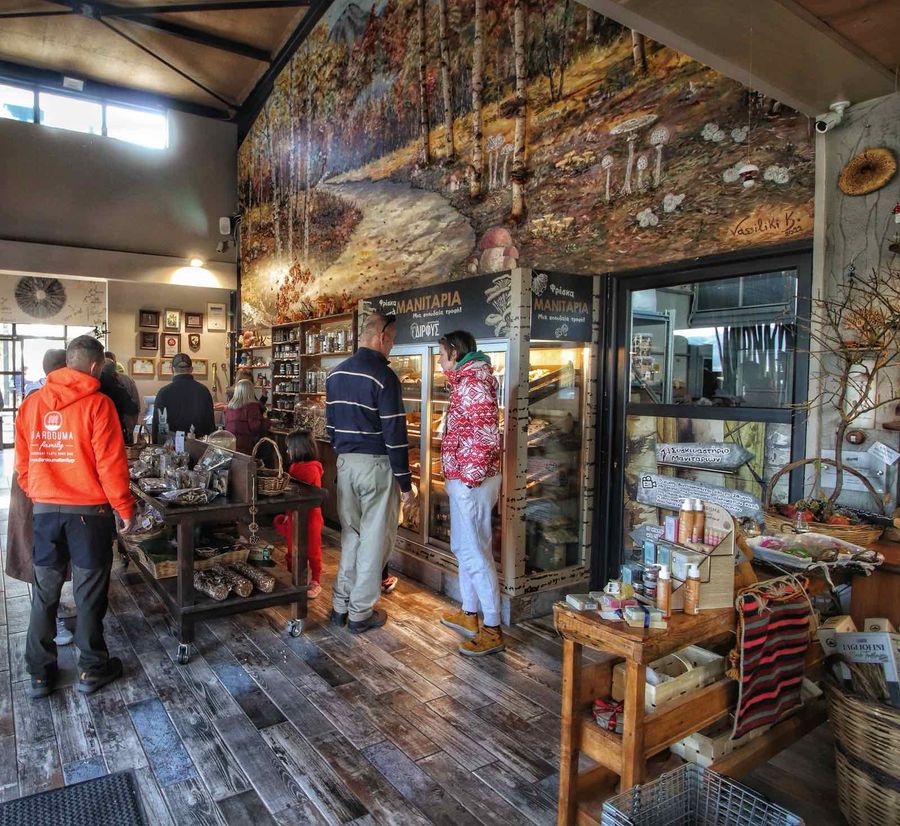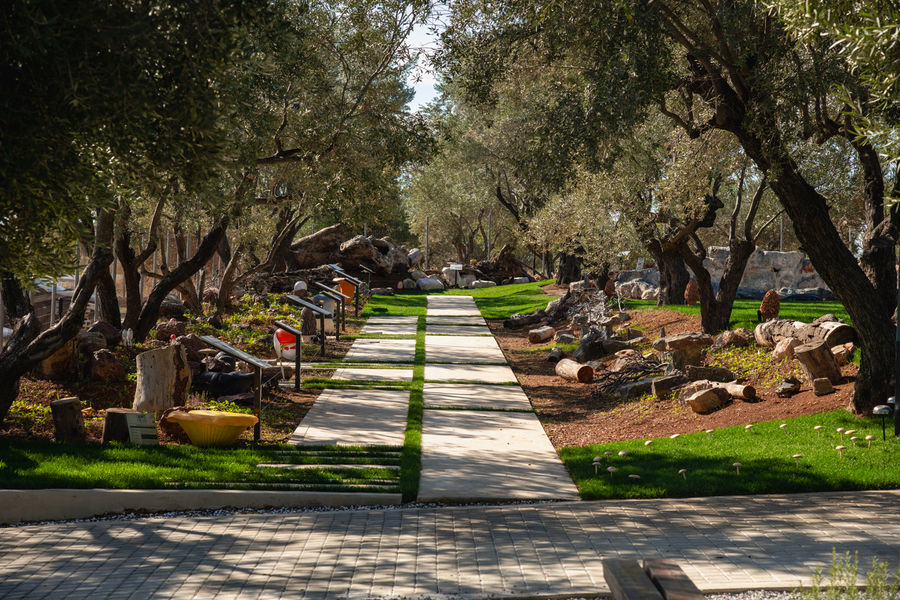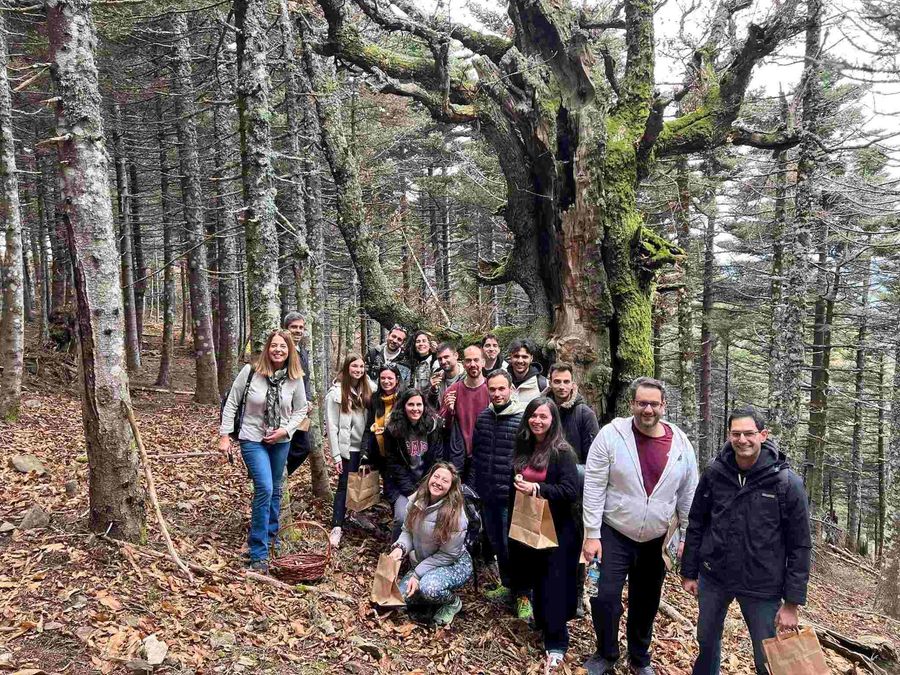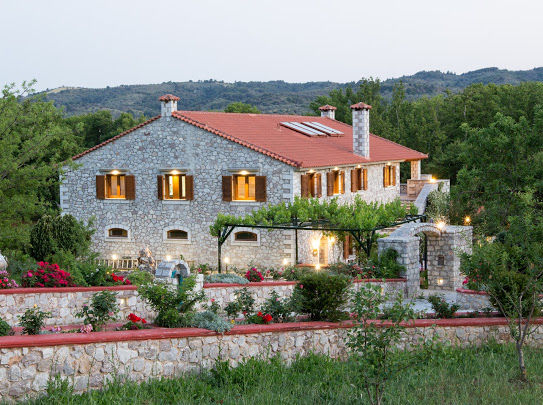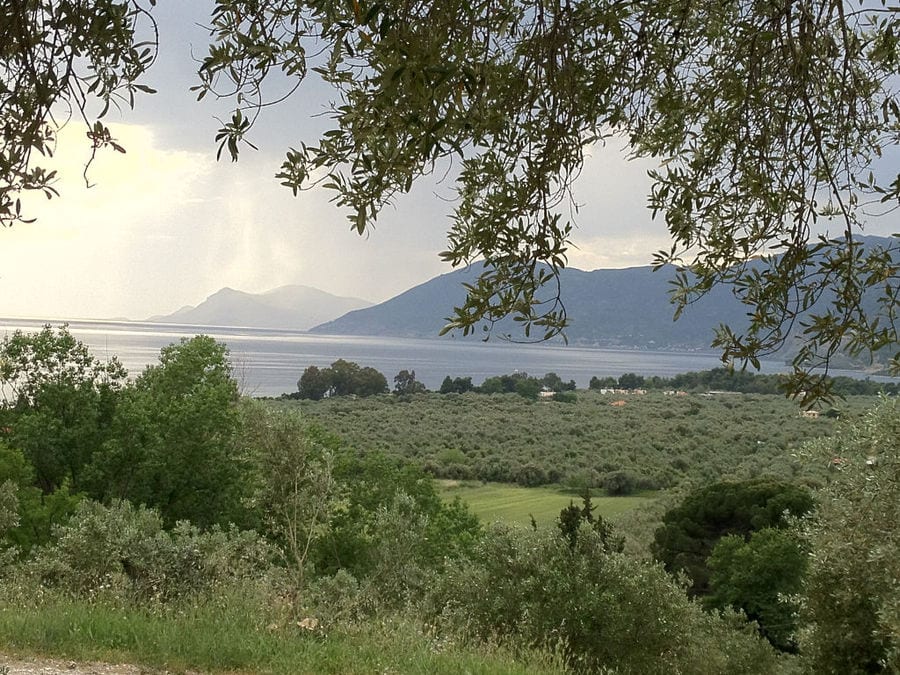This website uses cookies so that we can provide you with the best user experience possible. Cookie information is stored in your browser and performs functions such as recognising you when you return to our website and helping our team to understand which sections of the website you find most interesting and useful.
Euboea - Gastronomy Tours
Close to the prefecture of Attica is Euboea, the second largest island of Greece, a mini-paradise for connoisseurs of food. Two bridges link it to mainland Greece.
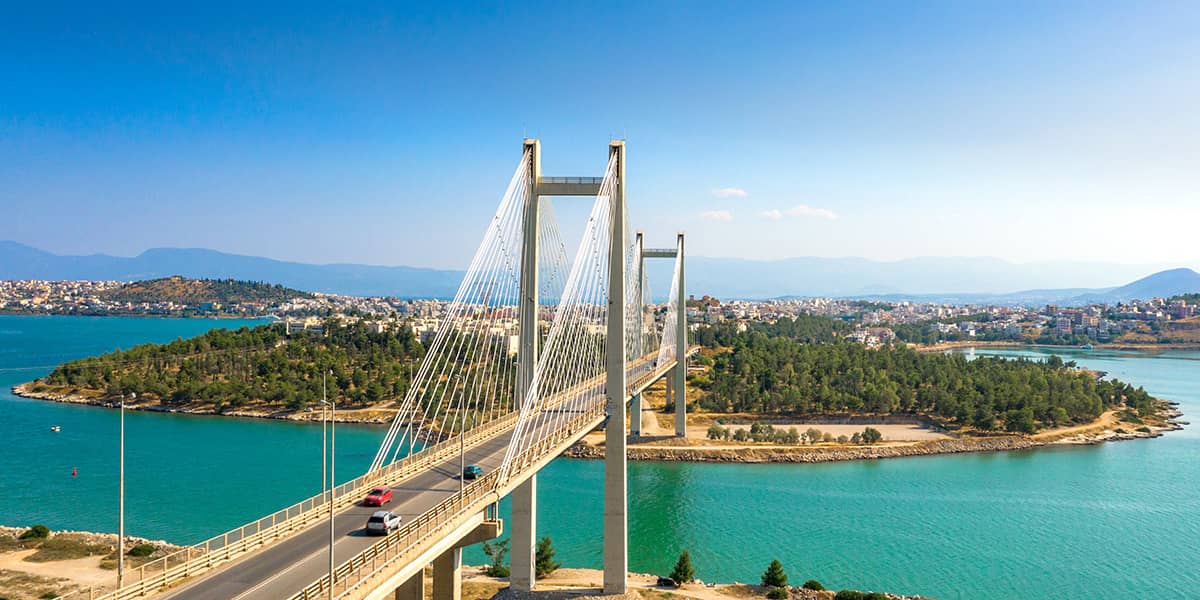
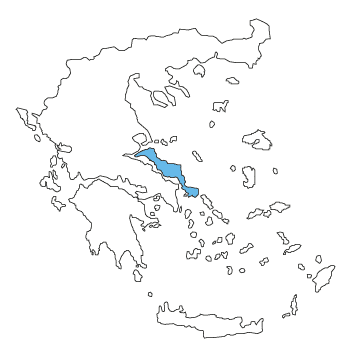
Fir trees and sea-friendly vegetation, imposing mountains (Dirfi is 1,743 meters high, while Ochi peaks at 1400 meters), endless beaches, fishing and hunting, the Aedipsos thermal springs, old monasteries, waterfalls, canyons, industrial monuments, and Cavo D’Oro are only a few of the many charming places on the island, along with its capital, Chalkida, which is friendly and affordable, ideal for endless walks next to the water. Yes, Euboea, with its unique beauty and view of the Aegean, is a microcosm of Greece.
Atmospheric villages like the traditional Kymi, Karystos with its Castello Rosso (Kokkinokastro), Limni, the most picturesque village in Northern Evia, captivate visitors with its narrow streets, traditional houses and lush greenery, as the pine-covered Kantilios Mountain nearly meets the sea, Rovies with its plane trees, Eretria with its archaeological museum, Temple of Apollo Daphnephoros, and two lakes. The sunken town of ancient Eretria lies only 30 meters from the existing one, while distanced historically by 2500 years. The deserted villages of Kafirea and, of course, Chalkida, with its fascinating Archeological Museum, the Lichadonisia i slets, the twin Venetian towers of Mytika, as well as the monasteries of St. John (Agios Ioannis), the Russian, and St. George (Agios Georgios) Ilion, and the Galataki Monastery. All of these scratch the surface of the island’s worthwhile sights.
Multiple findings confirm that Euboea has been populated since Paleolithic times. Important archaeological finds have also been excavated from the Bronze Age. In Byzantine times, Euboea belonged to Greece’s military-administrative region (‘theme’) and reached great heights. During the Ottoman era, it remained in Turkish hands until 1830, when it became part of Greece. After the 1922 Asia Minor Catastrophe, many refugees took up permanent residence in Nea Artaki and Nea Lampsakos and in the refugee settlements of Chalkida and Amaryntho. During World War II, Euboea experienced German bombardments while its inhabitants engaged intensely in the resistance.
Southern Euboea, Nea Styra, and Mount Ochi host one of the most challenging mysteries of archaeology. This mystery involves the famous Drakospita (Dragon houses), which received their name due to their enormous size. These incredible structures, 25 in all, with their unique wall construction and the use their builders made of them, are still a mystery today and are found dispersed throughout southern Euboea.
Featured Producers
Explore our handpicked collections
Euboea tours
